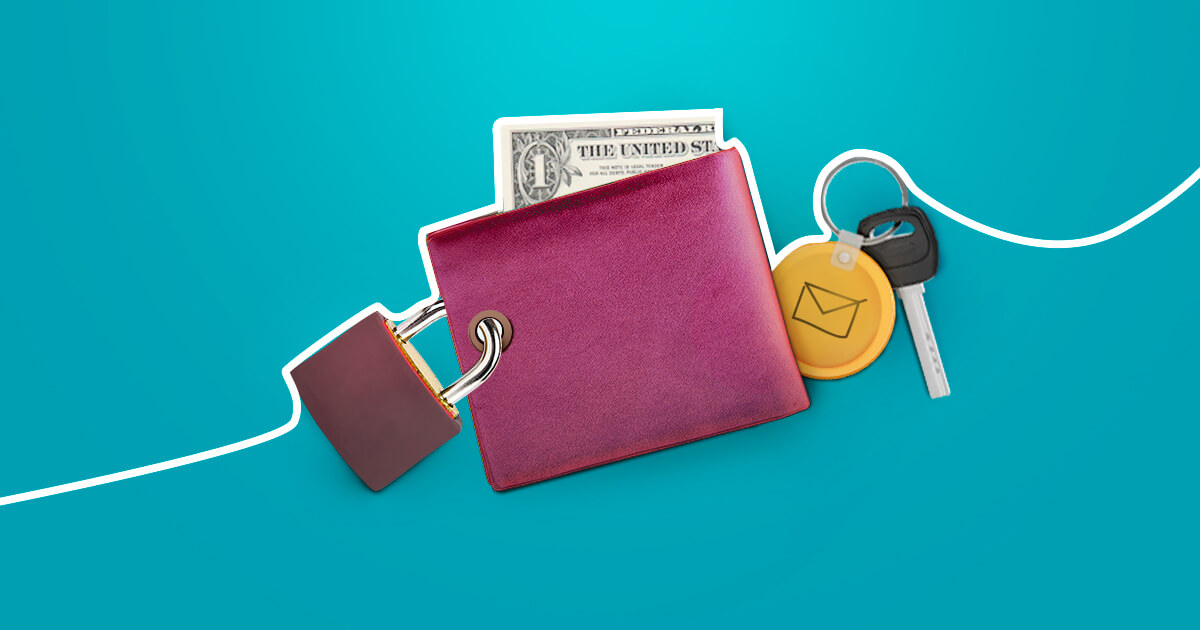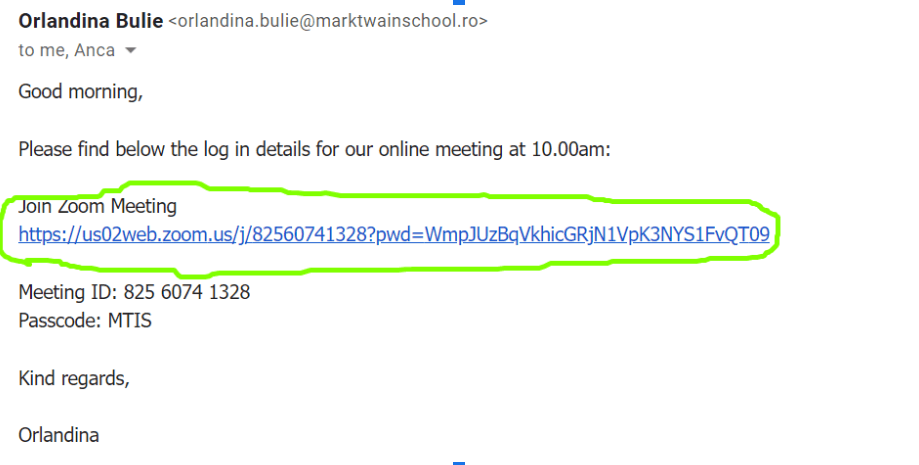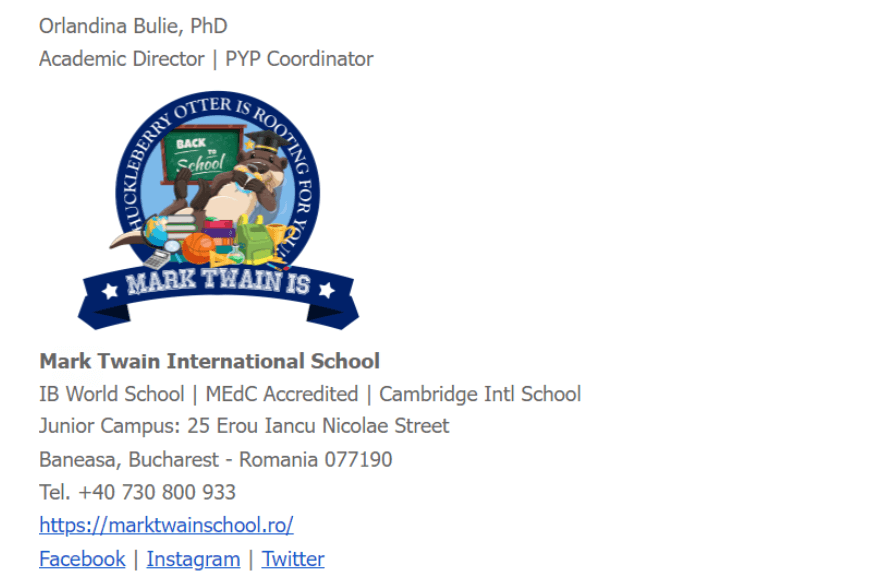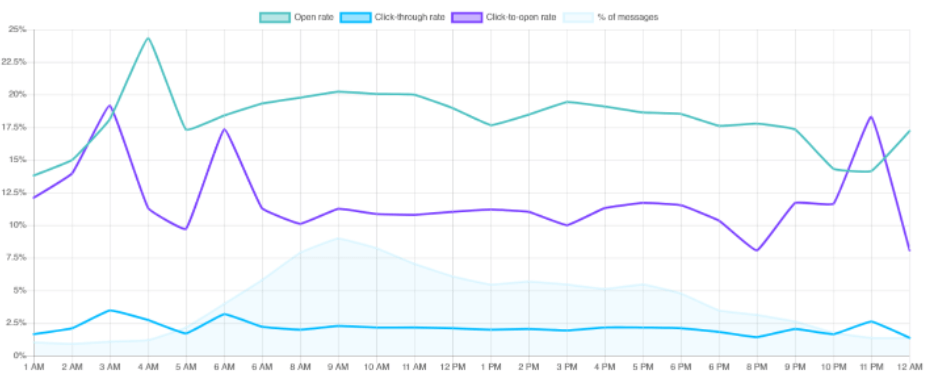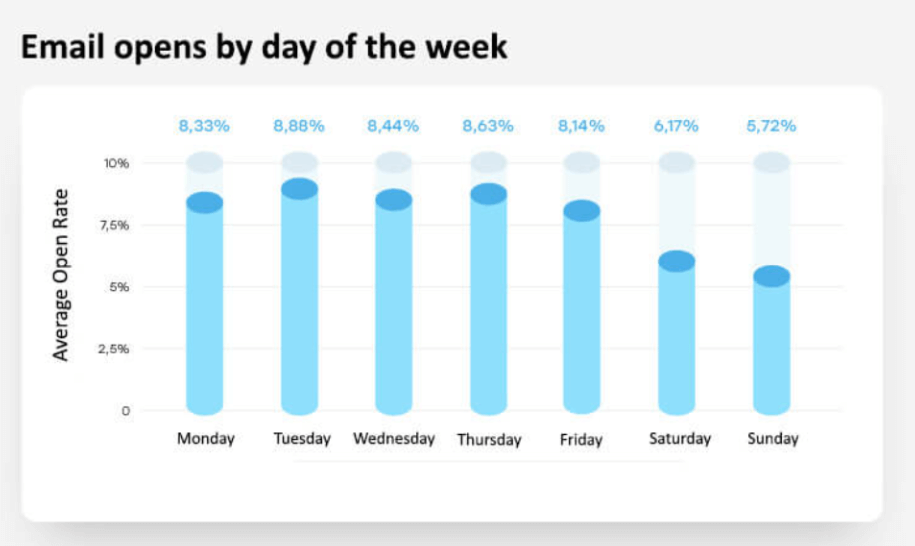Tips on writing sales emails that get responses
So how do you write emails that will get somebody to answer?
We’ve put together the following list of things you can do to increase your response rate. If you take the time to check off each of these “boxes” before firing off your next sales email, you’re much more likely to see a response and be one step closer to closing your next deal.
Keep them short
The people who you’re reaching out to have a busy life and cannot spend half a day reading emails. When writing an email, place yourself in the prospect’s place. If you can scan the email and find the value immediately, then it’s ready for sending. If you cannot do that, return back and rewrite the email. You’ll never have time to make a second impression on your potential customer. Do not waste this opportunity.
Don’t be afraid to give details
To provide the prospect with something valuable and relevant information you have to go into some details. You have to make your email informative explaining to the customers how your product/service can help them out.
As a start, you can ask yourself the following questions:
- What customer problems does my product solve?
- What makes my product unique?
- Why is my product valuable for this customer?
- How have we helped similar prospects before?
Don’t be afraid to give deadlines
If you expect a response in regards to your proposal, give a deadline. It should not sound like an ultimatum, but you can input some friendly pressure to move the process forward. Use action words with deadlines and give the reason why it’s necessary to act immediately. Examples of phrases that should work are “limited offer”, “download now”, and “terms are valid until”.
Use new technology to your advantage
Sales managers send hundreds of emails every day. It’s hard to control this communication flow without the help of technology. It is even harder to make this communication effective. With email tracking software from email service providers, like Selzy, sales managers can:
- A/B test various email sequences. When conducting A/B tests, test either the open rates or the reply rates — not both at once. To test open rates, keep the same email body in both sequences (called “variations”) and only change the subject lines of the emails. To test reply rates, you use identical subject lines in both variations, but change the body copy of the emails. Best practices include optimizing the open rate first, then testing to optimize the reply rate using the best-performing subject lines. The challenge is that your testing needs to have different body text so it’s hard to do as an A/B test with a single email address or set of customers. It is also good practice after optimizing your open rate to go back and optimize your reply rate with your new subject line.
- Send mass emails. Contact a large number of potential clients and nurture them one email at a time by using email marketing software. In addition to getting direct access to your customer base, you can also track how your emails perform and test various methods to increase clicks and conversions.
- Segment emails to customers. Segmenting your email list starts by looking at the differences among your recipients by:
- Demographic information: Who are they, and what makes them different?
- Customer information/insight: What plan are they on, how much do they spend, and when did they join?
- Email types: What types of email messages do you send?
- Engagement: How often do recipients open any of your emails?
- Activity rate: Are they logging in often, buying frequently, or hardly ever using our services?
- Analyze which emails trigger the prospect’s response. That’s the feature to get both basic and advanced metrics on your emails in one place. The main metrics to consider are email deliverability, open rate, click-through rate, bounce rate, unsubscribe rate, and conversion rate. These metrics help to optimize email messages and scale the most effective ones.
As a result, sales managers will increase the response rates to their emails and establish long-term effective cooperation with new customers.
Always personalize
It’s not enough to write the standard email. Prospects receive hundreds of them. It’s crucial to make each email personalized and build rapport with the potential customer in the first introductory email. How can you do that?
There are several tips to personalize emails:
- Include any information about the prospect in your email.
- Explain why your product or service is valuable to this particular prospect.
- Present the successful case study of similar prospects.
Take it beyond the inbox
Do your best to initiate future communication with potential prospects. The role of your email is not to sell, but to raise interest in your product or service. Your initial interaction should be enticing enough to schedule a future meeting with the prospect or arrange a demo or phone call to discuss your product in detail.
Include a call to action
Do not forget to explain to the recipients what they have to do. It’s the most important part of your email. Your call to action has to be:
- Clear
- Actionable
- Easy to follow
Your prospects have to understand your intention at first sight and make a certain action after your first email to get better acquainted with your products and have to make this action easily.
Follow-up
We are all humans and we miss things. People can go on vacation without checking their inboxes. They can be busy and do not have time to look through emails each day. They can simply forget to check their inbox one day. It means that they might never see your email. But, you still need an answer, don’t you?
Follow-up is your lifesaver here. Never stop on the first email. Send three more to make sure that your potential customer has received at least one of them. Do not repeat the same information in each message. Try to be creative and do not forget about personalization.
